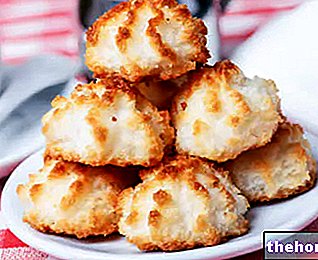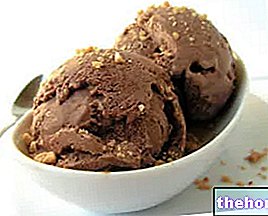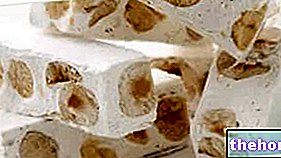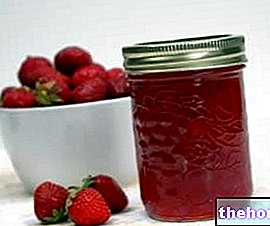Generality
Candied citron is a sweet food, used as an ingredient for various desserts. In common parlance we also speak of cedrini.

The candied citron contains a considerable percentage of sugar (sucrose), added to the detriment of the water, which is extracted by osmosis.
By cooking, the candied citron loses the enzymatic pool typically responsible for the browning of the fruit.
The low percentage of activity water (free water), the lack of enzymes and the scarcity of perishable molecules (such as unsaturated fatty acids), make candied citron a long-lasting product (even 1 year not in a sealed package), even at temperature environment.
The use of candied citron in human nutrition should be for finishing, sweetening and garnishing; the average quantity of consumption is usually quite low.
Some recipes that contain candied citron are: panettone, Sicilian cassata, cannoli, panforte, panpepato, Neapolitan pastiera etc.
Candied citron can be purchased or made at home.
Nutritional Characteristics
The candied citron is a very caloric food.
Energy comes almost exclusively from simple sugars, ie from sucrose.
Fiber is satisfying, while cholesterol is absent.
When it comes to vitamins and minerals, candied citron doesn't have much to offer. All the vitamins of the fresh fruit sensitive to temperature are lost, while the mineral salts tend to disperse outside during cooking in water.
It must be remembered that this is not a product suitable for ordinary food, especially in large portions.
In case of overweight and metabolic diseases (especially hyperglycemia or type 2 diabetes mellitus and hypertriglyceridemia) it should be avoided or replaced with fresh fruit (instead rich in water, minerals, vitamins, fiber and antioxidants).
It can promote tooth decay.
It does not contain lactose and gluten, which is why it has no contraindications towards these food intolerances.
It lends itself to vegetarian and vegan philosophy.
The average portion, wanting to use it as a "one-off" snack, must not exceed 50 g (about 90 kcal).
A prescription
For candying, cedar is NOT used whole.
The peel is obtained, which is then cut into strips (without the white part).
NB. Usually, the pulp is put aside and used for other purposes.
In summary, the peels cut into strips are first boiled on their own and then several times in the syrup (solution saturated with water and table sugar).
The recipe could be summarized as follows.





.jpg)






















